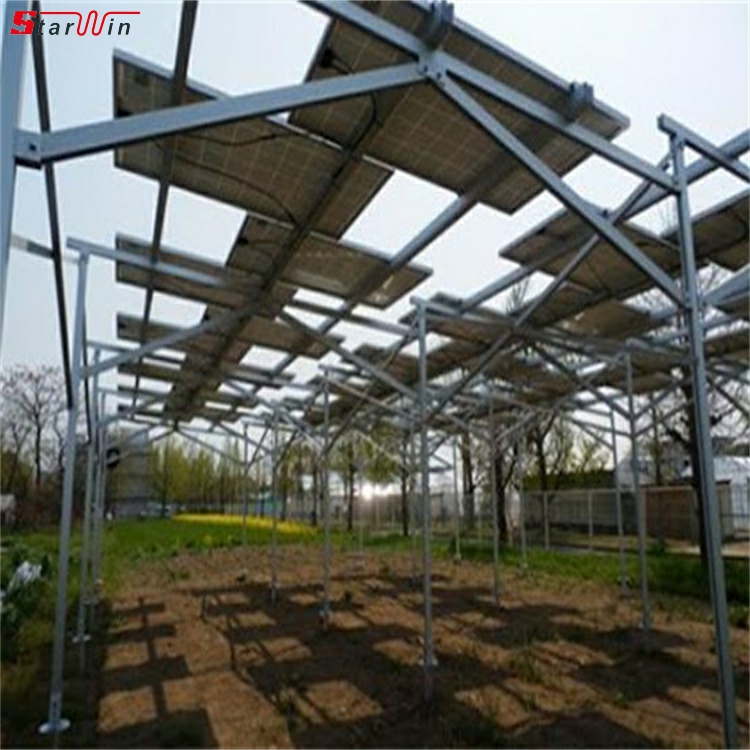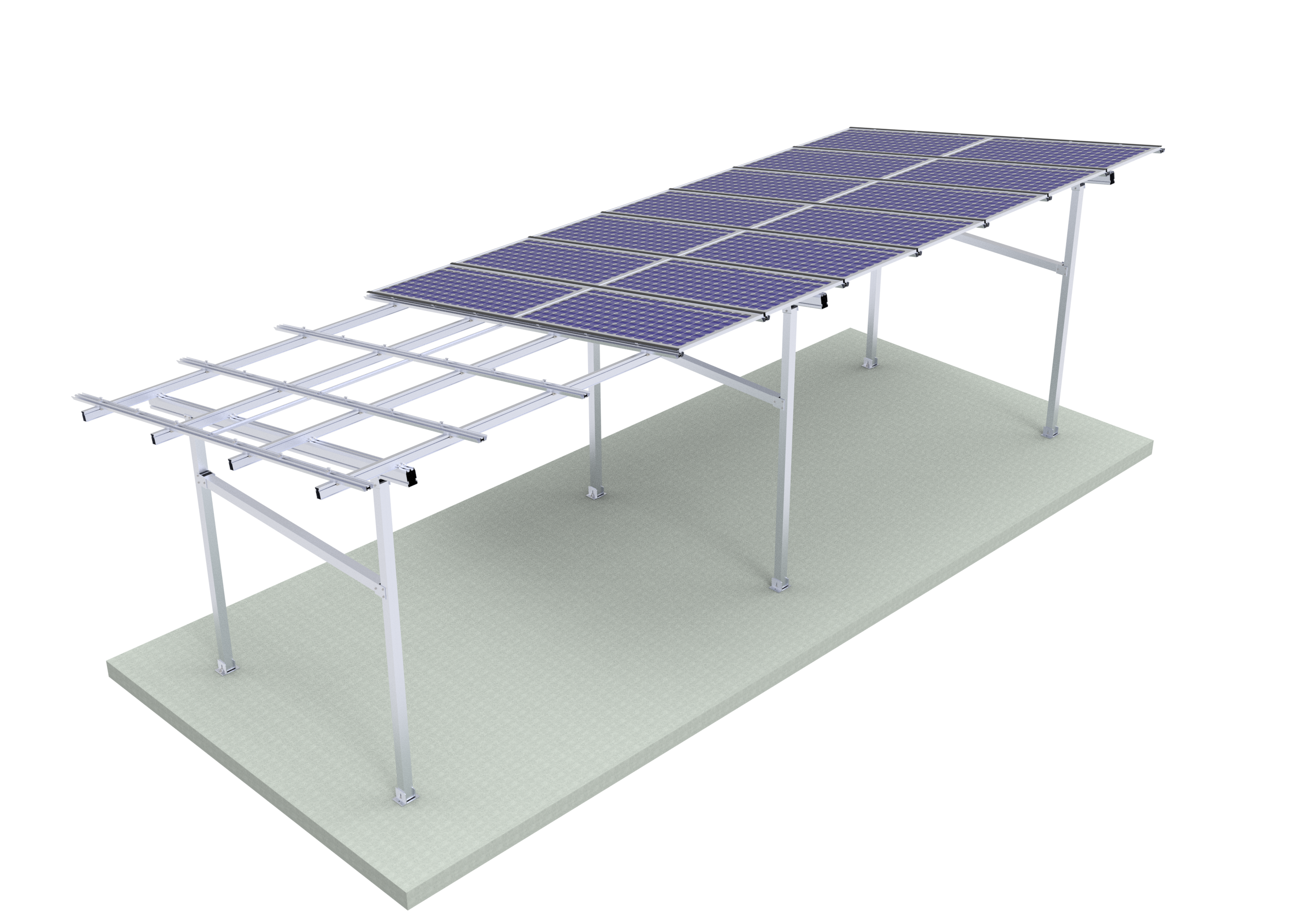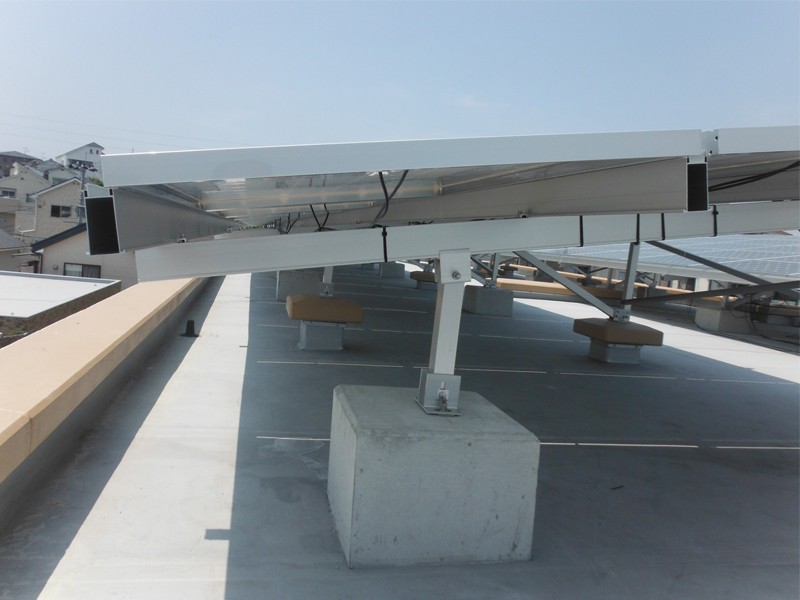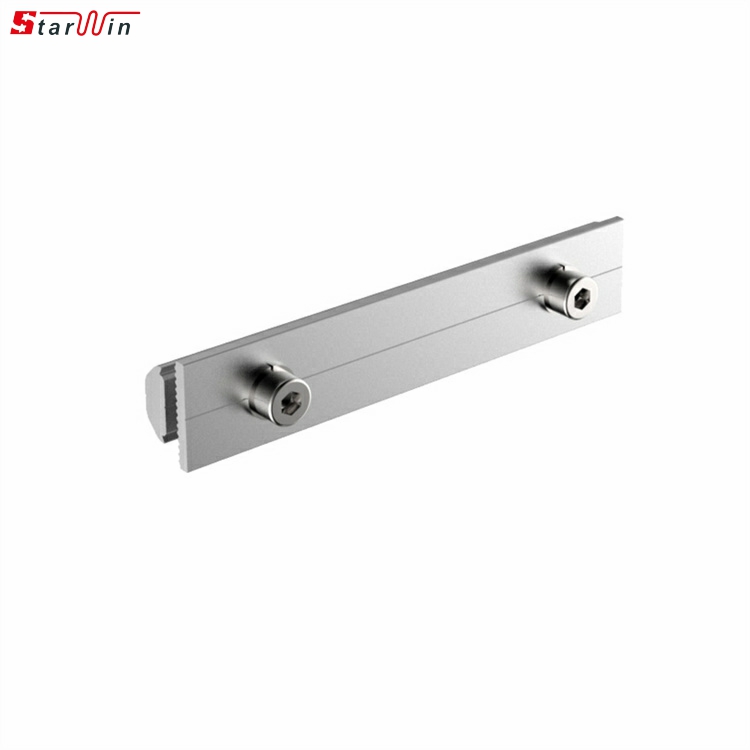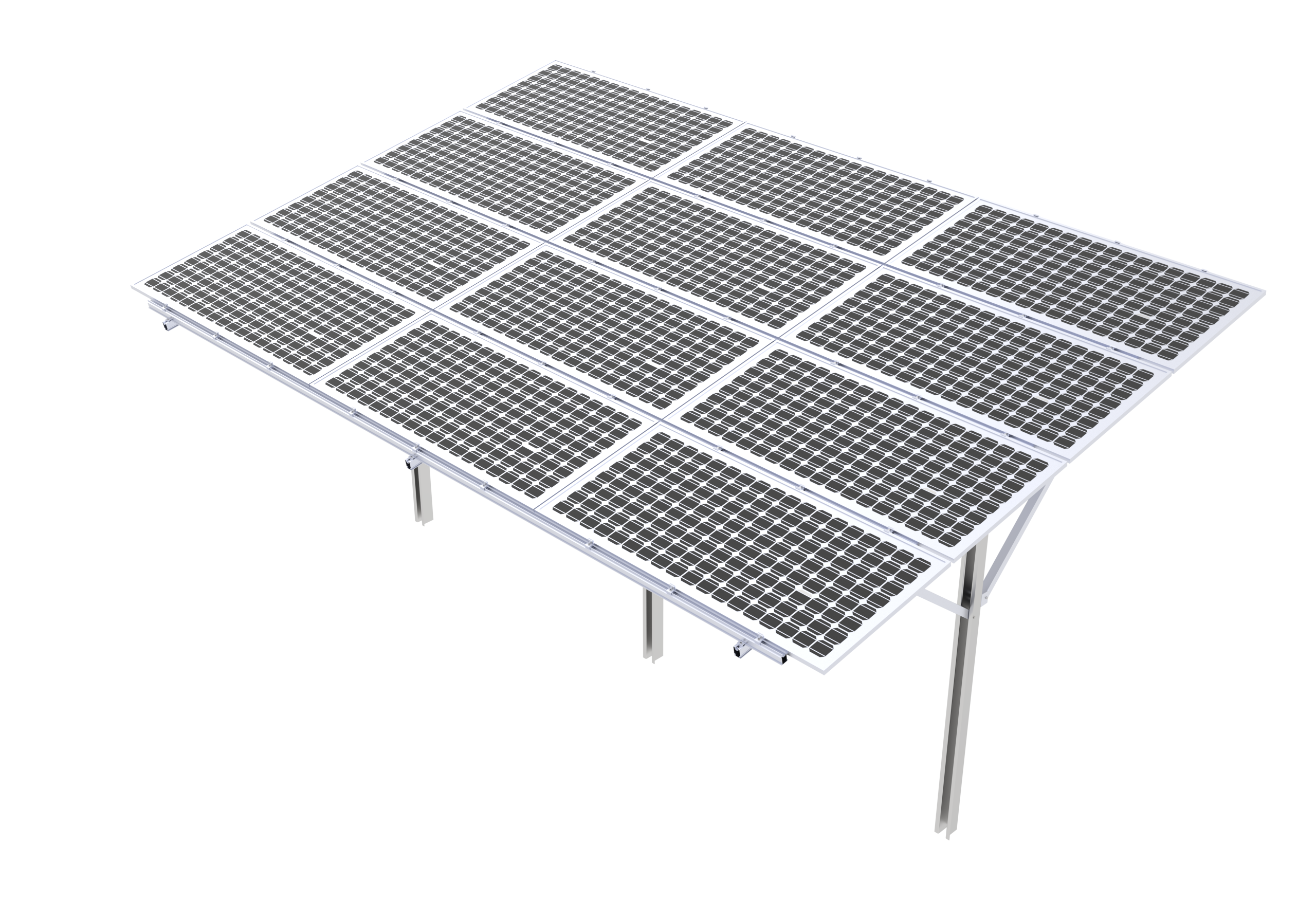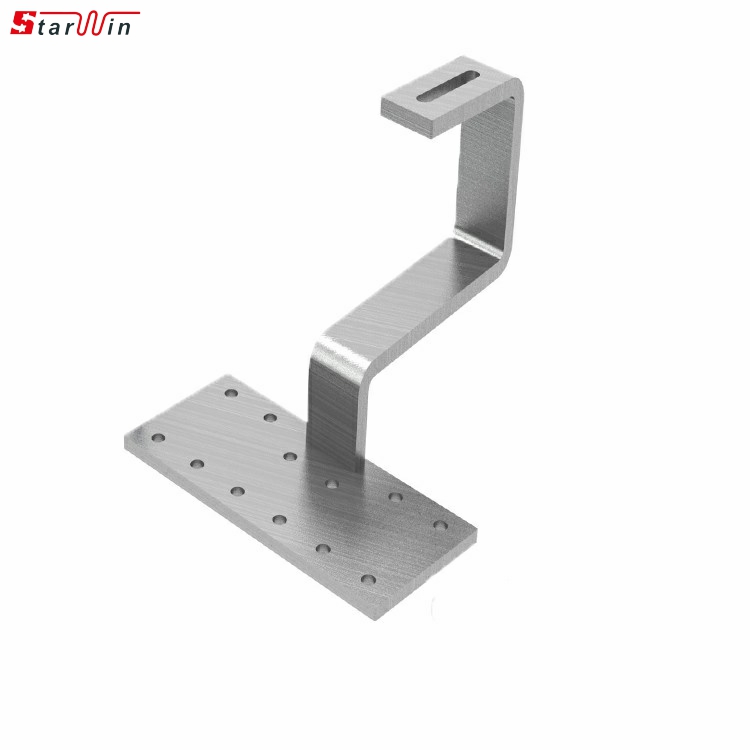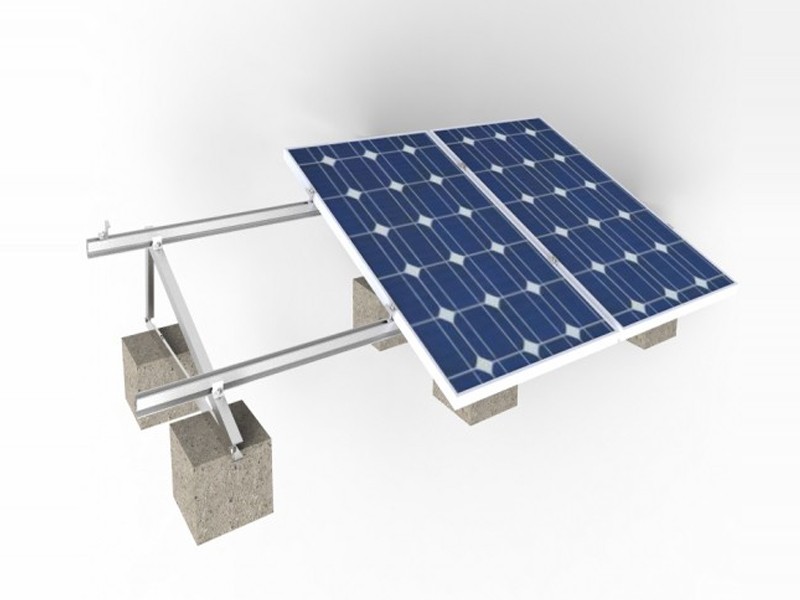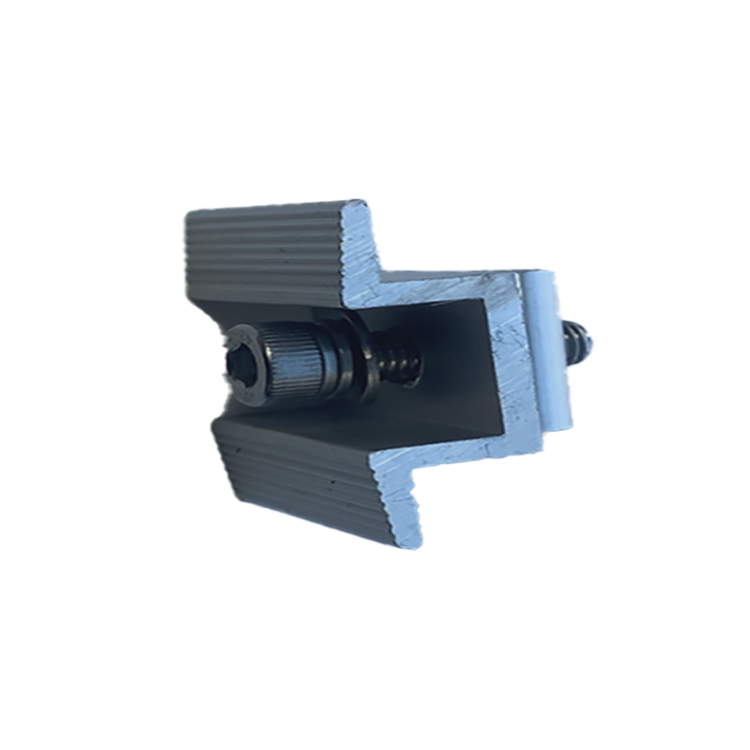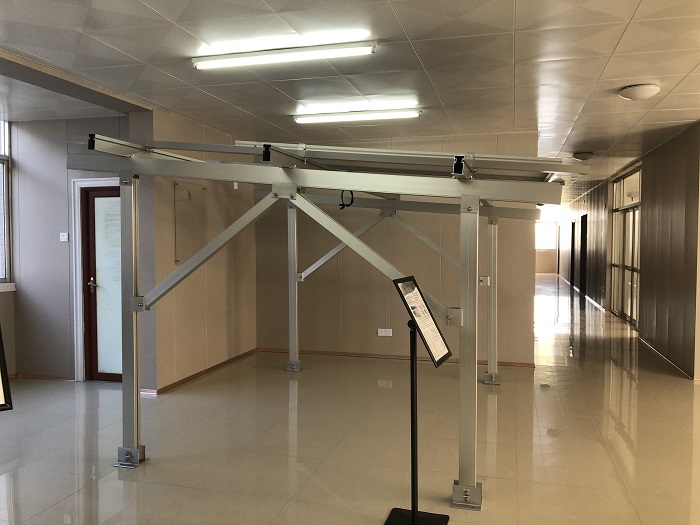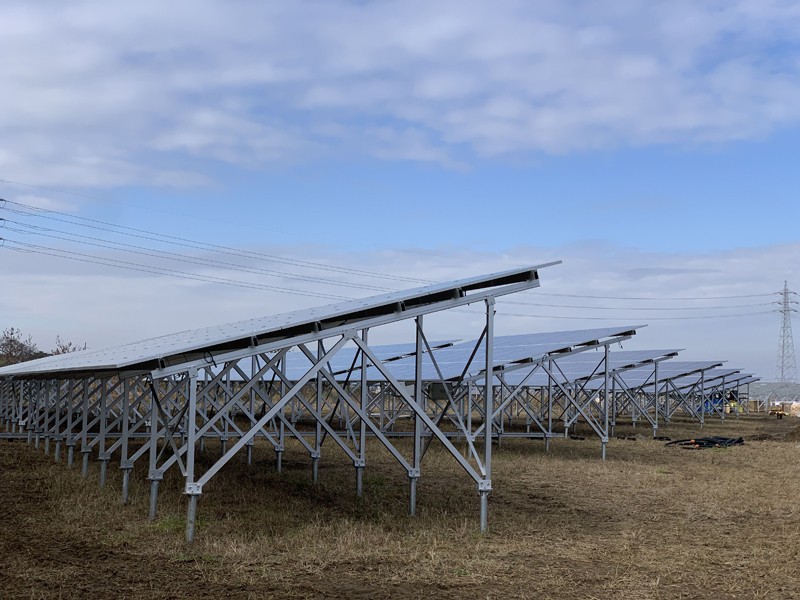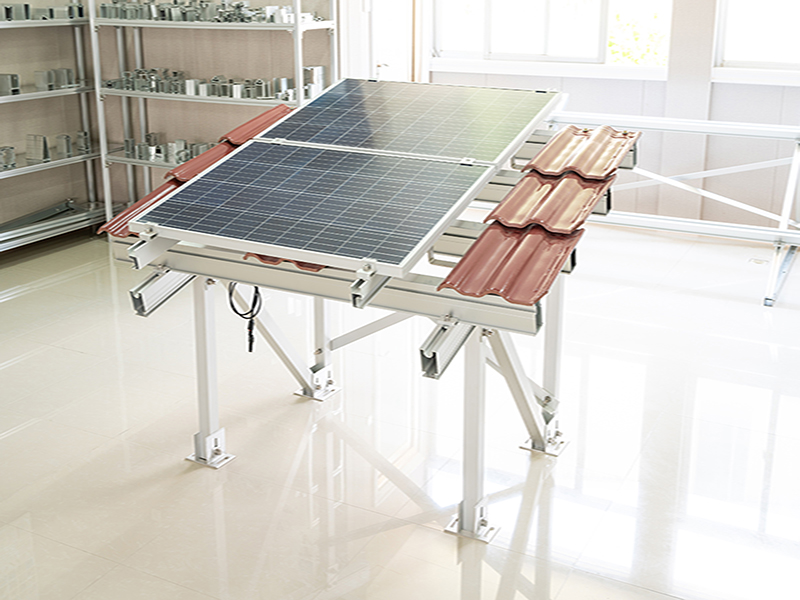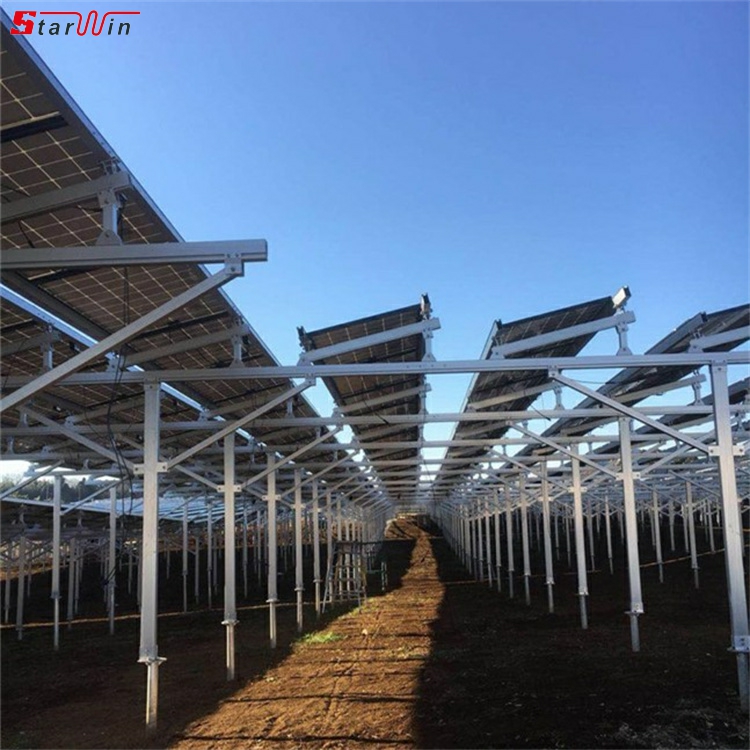As the global demand for sustainable and energy-efficient farming practices continues to rise, solar greenhouses are gaining significant attention. These innovative structures combine solar technology with agricultural production, providing farmers with the tools to grow crops more efficiently while reducing their environmental footprint. In this article, we will explore the benefits of solar gree
nhouses, how they work, and why they represent the future of sustainable farming.
What is a Solar Greenhouse?
A solar greenhouse is a specially designed structure that uses solar energy to regulate the temperature, humidity, and light levels within the greenhouse. Unlike traditional greenhouses, solar greenhouses integrate photovoltaic (PV) panels on the roof or exterior of the structure, which harness solar power to supplement the energy needed for running the greenhouse. The integration of solar energy provides numerous advantages, including reduced energy costs, extended growing seasons, and a more environmentally friendly approach to farming.
How Do Solar Greenhouses Improve Energy Efficiency and Crop Yield?
Harnessing Solar Power to Reduce Energy Consumption
The primary advantage of a solar greenhouse is its ability to harness solar energy to power essential systems within the greenhouse. This includes lighting, ventilation, heating, and irrigation. By utilizing solar panels, these greenhouses significantly reduce the need for traditional energy sources, such as electricity from the grid or fossil fuels, lowering operational costs and reducing the carbon footprint of the farming operation. Farmers can also benefit from lower energy bills, making solar greenhouses a cost-effective long-term investment.
To enhance energy efficiency in your solar farm, consider investing in a reliable solar farm racking system. This system can ensure proper alignment and optimal energy capture for your solar panels, further boosting the sustainability of your greenhouse.
Extending the Growing Season
One of the challenges faced by traditional farming methods is the limited growing season. In many regions, the growing season is short, and temperature fluctuations can negatively affect crop yield. However, solar greenhouses can mitigate these issues by using solar energy to maintain optimal temperature and humidity levels inside the structure. This makes it possible to grow crops year-round, even in colder climates. By extending the growing season, farmers can increase their crop yield and achieve higher profitability.
Enhancing Crop Quality and Sustainability
Solar greenhouses also provide a controlled environment where temperature and humidity are maintained at optimal levels for plant growth. This not only enhances crop quality but also minimizes the use of chemical fertilizers and pesticides. The reduction in reliance on artificial inputs makes the farming process more sustainable and environmentally friendly. Furthermore, solar greenhouses offer the flexibility to grow a wide range of crops, from fruits and vegetables to herbs and flowers.
Why Choose a Solar Greenhouse? Benefits for Farmers and the Environment
Cost-Effective Solution for Farmers
One of the primary reasons farmers choose to invest in solar greenhouses is the long-term cost savings. Although the initial investment for a solar greenhouse may be higher compared to traditional greenhouses, the savings in energy costs quickly offset this. Solar energy is a free and renewable resource, so once the system is set up, the ongoing operational costs are minimal. With solar power reducing the need for external energy sources, farmers can enjoy a stable, predictable energy supply that allows them to budget more effectively.
Environmental Benefits of Solar Greenhouses
In addition to cost savings, solar greenhouses offer significant environmental benefits. By reducing dependence on fossil fuels and utilizing renewable solar energy, these greenhouses contribute to a lower carbon footprint. They also help reduce water consumption by integrating efficient irrigation systems powered by solar energy. The environmental impact of solar greenhouses is far less than that of conventional farming methods, making them an ideal solution for farmers who are committed to sustainable practices.
Scalability and Versatility for Different Farm Sizes
Solar greenhouses can be adapted to various scales, from small family-run farms to large commercial operations. Their modular design allows for easy expansion as farming needs grow. Furthermore, solar greenhouses can be used in a wide range of agricultural applications, including organic farming, hydroponics, and vertical farming. Whether you are a small organic grower or a large-scale commercial producer, a solar greenhouse can be customized to suit your specific farming requirements.
If you’re looking to scale up your solar farming system, you can rely on a robust solar farm racking system that ensures stable support for your panels and maximizes energy efficiency across a larger area. Additionally, integrating a solar farm agricultural mounting system will further enhance the sustainability of your setup by optimizing panel placement and reducing maintenance needs.
How to Build and Install a Solar Greenhouse
Selecting the Right Solar Mounting System
Building a solar greenhouse involves selecting the right materials and components for your location and farming needs. A key aspect of the installation process is choosing a high-quality solar mounting system that will securely hold the solar panels in place on the greenhouse roof. A reliable mounting system is crucial to ensuring that the panels remain stable, even in challenging weather conditions.
For greenhouses with sloped roofs, adjustable mounting systems can be used to maximize solar panel exposure throughout the year. Additionally, solar mounting systems designed for metal or tile roofs can provide flexibility and durability, ensuring that the panels are safely mounted while optimizing energy efficiency.
Choosing Solar Panels for Your Greenhouse
When selecting solar panels for your greenhouse, it's important to choose high-efficiency panels that are capable of generating enough power for the greenhouse’s needs. The size of the system will depend on the greenhouse’s energy requirements and the local climate. It’s also important to choose panels that can withstand the specific environmental conditions of your area, such as wind, snow, and extreme temperatures.
For more information on solar mounting systems, check out our solar farm racking systems, designed for various rooftop types.
Integrating Solar Energy with Greenhouse Systems
Once the solar mounting system and panels are installed, the next step is integrating the solar power with the greenhouse’s systems. This includes connecting the panels to the heating, lighting, and irrigation systems to ensure optimal energy usage. Professional installation is highly recommended to ensure that the system operates efficiently and effectively, providing the best results for your crops.
Conclusion: Solar Greenhouses as the Future of Sustainable Farming
Solar greenhouses are transforming the agriculture industry by providing a sustainable, cost-effective, and energy-efficient solution for farmers. By harnessing solar energy, these greenhouses not only reduce operational costs but also contribute to a greener, more environmentally friendly farming approach. Whether you’re looking to extend your growing season, improve crop yield, or reduce your carbon footprint, a solar greenhouse is a smart investment for the future of agriculture.
To get started with your own solar greenhouse, explore our solar farm racking systems and solar farm agricultural mounting systems. Begin your journey toward sustainable farming today!
